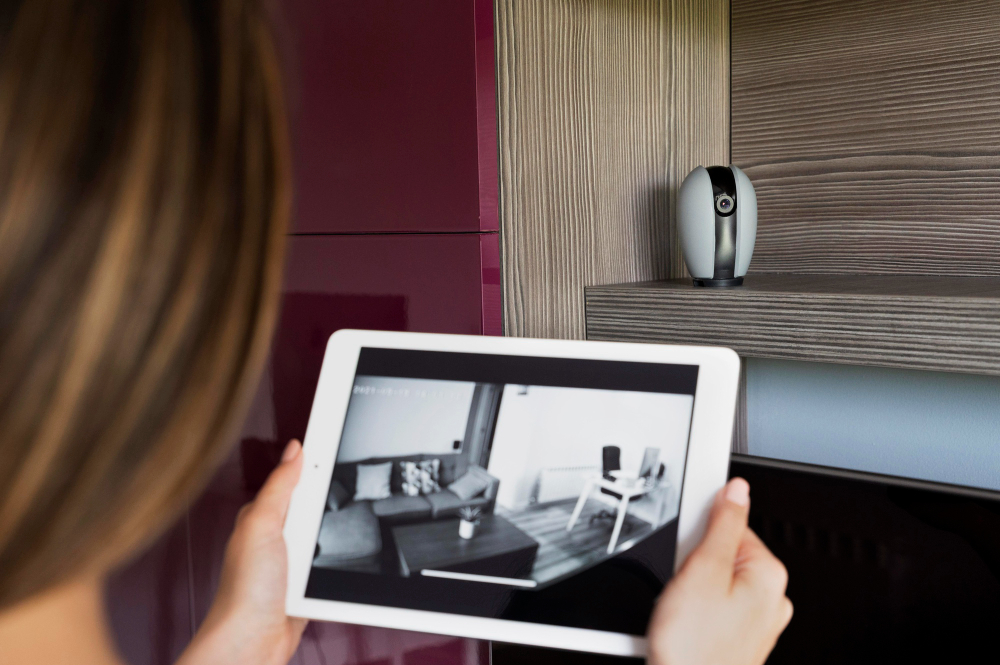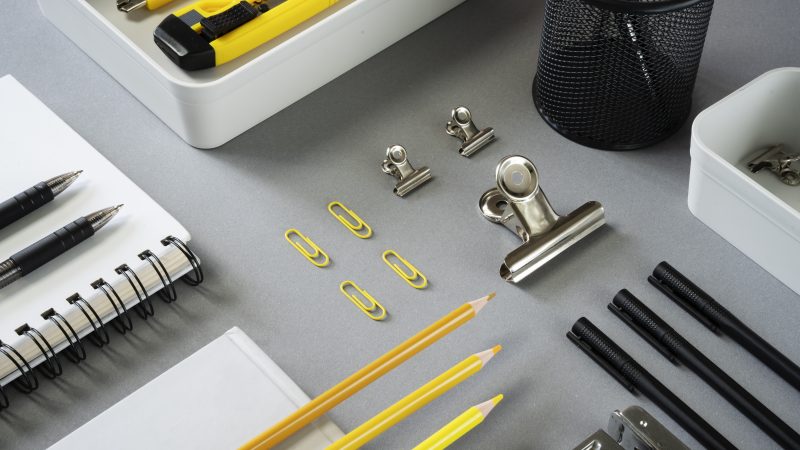How a Video Intercom System Reinvents Building Access

Gone are the days of buzzers, fobs, and unanswered doorbells. In today’s fast-paced, tech-enabled world, smart multifamily buildings are rethinking how people access their spaces, starting right at the front door.
A video intercom system is one of the most impactful upgrades a building can make. Whether you’re managing a high-rise in the city or a gated community in the suburbs, these systems deliver a secure, convenient, and modern experience that residents and prospective tenants increasingly demand.
In this post, we’ll break down what a video intercom system is, explore its benefits for multifamily properties, and help you understand what to look for when choosing the right system for your building. Whether you’re planning a new development or upgrading an existing property, this guide will help you stay ahead of the curve.
What is a video intercom system?
A video intercom system is a modern entry solution that allows residents or building staff to both see and speak with visitors before granting access. Unlike traditional intercoms that rely solely on audio, a video intercom adds visual verification, greatly enhancing security and peace of mind.
Most systems consist of:
- An outdoor intercom panel equipped with a camera, microphone, and speaker
- A display interface or a mobile app for residents and staff
- Cloud-based software that manages calls, logs access events, and provides remote control features
When a visitor arrives, they initiate a call by pressing a button or selecting a resident’s name. The resident receives a video call on their smartphone (or a building device), where they can see and speak with the visitor in real time. If everything checks out, they can unlock the door remotely without a key or fob.
Benefits of installing a video intercom system in multifamily buildings
A video intercom system brings a host of advantages that go far beyond simply opening a door. For multifamily buildings, these benefits enhance security, boost resident satisfaction, and streamline day-to-day operations for property managers.
- Enhanced security. Video intercoms add a critical layer of visual verification. Instead of relying solely on someone’s voice, residents and staff can see who’s requesting access before letting them in. This deters unauthorized visitors and gives everyone more confidence about who’s entering the property.
- Remote access and convenience. Whether residents are home, at work, or halfway around the world, a video intercom system lets them manage entry remotely. With a smartphone-based system, they can see and speak with guests in real-time and unlock the door with just a tap. It’s a major convenience upgrade for tenants and a time-saver for staff.
- Streamlined visitor management. From food deliveries to dog walkers and friends stopping by, multifamily properties see a constant flow of guests. Video intercoms simplify this by enabling controlled, documented access with features like virtual passes, delivery PINs, or automatic unlock for approved visitors.
- Operational efficiency. Many modern systems reduce the need for on-site staff or complex access hardware. That translates to lower overhead costs, fewer key replacements, and simpler resident onboarding. Plus, cloud-based systems provide access logs and call histories that make tracking events easy.
Best use cases for video intercom systems
Multifamily buildings come in all shapes and sizes, and nearly all can benefit from a video intercom system. In dense urban areas where foot traffic is high and delivery volume is constant, a video intercom acts as a gatekeeper, ensuring only verified visitors make it inside. High-rise buildings especially benefit from smartphone-based systems, where residents prefer mobile convenience over traditional hardware or fixed lobby stations.
In suburban gated communities or garden-style apartments, video intercoms help secure perimeter entrances like main gates or clubhouse doors. Property managers can offer a single access solution that works across multiple entry points, improving resident satisfaction while minimizing administrative complexity.
Student housing communities are another prime candidate. With high turnover, frequent guests, and safety as a top concern, video intercoms provide peace of mind to both residents and parents. Similarly, in affordable housing developments, these systems offer low-maintenance, cost-effective security with modern features that don’t require in-unit hardware.
Even mixed-use properties, with retail tenants on the ground floor and residences above, benefit from video intercoms that direct visitors to the right entry point without staff involvement. No matter the building type, a well-implemented video intercom system delivers scalable, smart access control that meets the demands of modern living.
Key features to look for in a modern video intercom system
Choosing the right video intercom system means focusing on features that improve both security and the resident experience.
Here are some of the most important capabilities to look for:
- High-definition video and wide-angle camera. Clarity matters. A quality system should offer HD video and a wide field of view to clearly capture faces, even in low light or harsh weather conditions. This ensures better identification and a more secure access experience.
- Two-way audio communication. Being able to speak with visitors is just as important as seeing them. Crystal-clear audio ensures residents and staff can communicate effectively before granting entry, whether they’re on-site or remote.
- Mobile app access. Smartphone-based systems are quickly becoming the industry standard. Look for solutions that allow users to manage entry from anywhere through a dedicated mobile app. This empowers residents with greater control and flexibility.
- Cloud-based access logs. Property managers benefit from systems that keep digital records of every call and entry event. With a cloud-based video intercom, you can view a complete history of who entered and when without needing on-site servers.
- Integration with property management software. The best systems don’t operate in a silo. Seamless integrations with tools like Yardi, Entrata, and RealPage simplify resident onboarding, reduce manual entry errors, and streamline day-to-day operations.
- Visitor access tools. From delivery PINs to one-time guest passes, choose a system that includes visitor access features to handle the modern flow of guests and service providers without compromising security.
How video intercoms improve property value and tenant satisfaction
Investing in a video intercom system secures your building, helps future-proof your property, and attracts quality tenants. Today’s renters expect smart technology in their living environments, and video intercoms are often seen as a baseline amenity.
From the tenant’s perspective, having the ability to visually confirm guests, accept deliveries remotely, and grant access via smartphone adds real convenience and peace of mind. These small daily improvements significantly increase satisfaction, which in turn boosts retention and positive reviews.
On the operational side, property managers gain an edge through automation and insights. With fewer key management issues and improved access control, buildings run more efficiently, reducing costs and minimizing liability. The combined effect? A better resident experience, streamlined operations, and a clear value-add that can support higher rents or faster lease-ups.
How to choose the right system for your building
Not all video intercom systems are created equal. When evaluating your options, it’s important to consider the specific needs of your property.
Start with size and layout: Do you need coverage for a single front door, or multiple entrances across a large community? You should consider the resident demographic as well. Tech-savvy tenants will likely prefer app-based access, while others may still want in-unit devices or touchscreen interfaces.
Installation requirements matter, too. Wireless or cloud-based systems often require less infrastructure and are ideal for retrofits, while new developments may have more flexibility. Think about how much support and training you’ll need and whether the provider offers reliable customer service and software updates.






